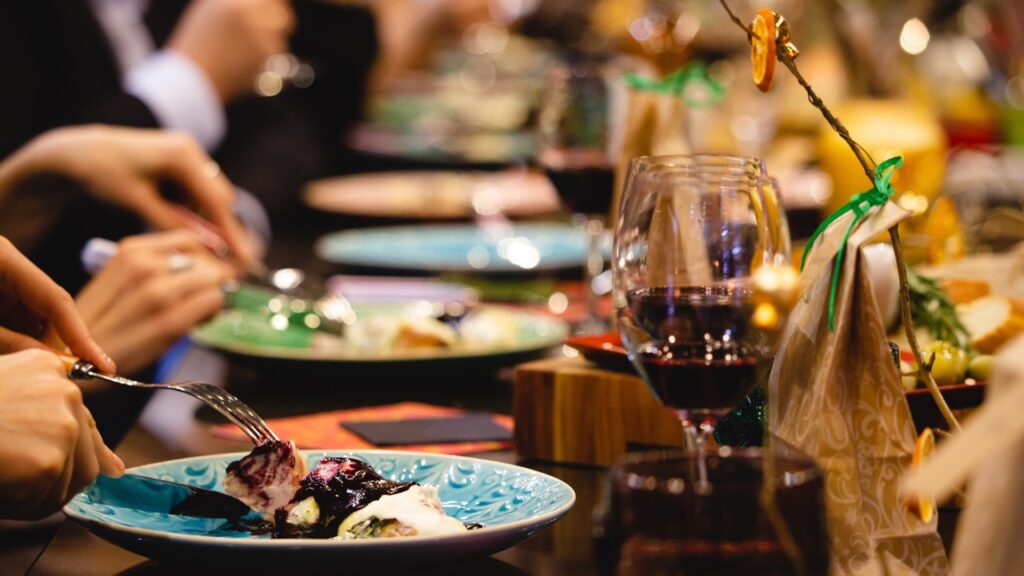
In today’s competitive fast casual foodservice landscape, understanding and evaluating the different components that make up a successful fast food french fry is imperative for success. From choosing the right type of potato to selecting the proper cooking oil, understanding the nuances and differences from one fry to another can make all the difference in creating a winning dish. In this guide, we’ll dive into the different factors that influence the production and enjoyment of fast casual foodservice french fries, from the ingredients to the cooking techniques.
When it comes to selecting the potatoes for your fries, there are two main types: waxy and starchy potatoes. Waxy potatoes, such as red Bliss and fingerling potatoes, are higher in moisture content and hold their shape better, but can become soggy when cooked for too long. Starchy potatoes such as Russet and Idaho potatoes are low moisture and have a fluffier texture when cooked properly, but can become overly crispy and hard if cooked too long. When it comes to french fries, the best option is usually to use a combination of different types of potatoes to get the desired texture, flavor, and crunch.
The type of cooking oil you choose can also affect the flavor and texture of your fries. Vegetable oils, such as canola and corn oil, are commonly used for fast casual foodservice french fries. These oils are low in saturated fat and cholesterol and contribute the desired flavor to the fries. They will usually produce a light, crispy result when cooked properly. Animal fat oils, such as beef tallow and lard, also have a distinct flavor, however their high saturated fat content makes them more difficult to work with.
For best results, it’s important to fry the fries at the right temperature to ensure they cook evenly without burning. The best temperature for frying french fries varies depending on the type of oil you use and what you’re trying to achieve in terms of flavor and texture. Generally speaking, for regular french fries, a temperature of 375°F is ideal, as this will give the fries a golden brown color and crunch. For other types of fries, such as curly fries, you may need to adjust the temperature accordingly.
Once the fries are cooked, it’s time to season them. Seasoning traditionally begins with salt, which brings out the natural flavors of the potato. Other seasonings and spices can be added depending on the desired flavor profile, such as garlic powder, onion powder, dried herbs, and chili powder.
Finally, it’s important to choose the correct type of serving vessel in order to keep the fries hot and crispy. Baskets, fry cones, and boards are all commonly used in fast casual establishments. Choosing the right one will depend on your individual needs, such as whether you need space for condiments or if you need them to keep a certain temperature longer.
By following these steps, you can ensure that your fast casual foodservice french fries are cooked to perfection every time. With the right ingredients, cooking techniques, and serving vessels, you can create a delicious and crave-worthy french fry experience for your customers.